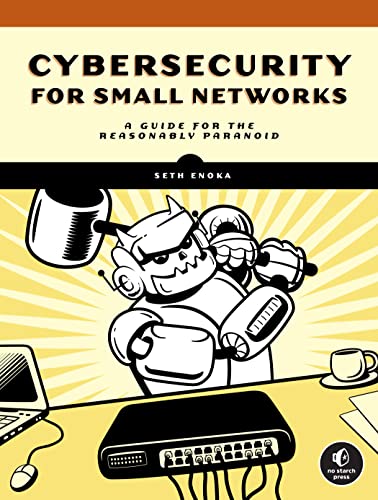This book is an easy-to-follow series of tutorials that will lead readers through different facets of protecting household or small-business networks from cyber attacks. You’ll learn how to use pfSense to build a firewall, lock down wireless, segment a network into protected zones, configure a VPN (virtual private network) to hide and encrypt network traffic and communications, set up proxies to speed up network performance and hide the source of traffic, block ads, install and configure an antivirus, back up your data securely, and even how to monitor your network for unauthorized activity and alert you to intrusion.
This book is an introduction to cybersecurity, written to help system and network administrators and owners understand the fundamentals of securing a network. Your personal cybersecurity is critical in protecting yourself from fraud and other harmful events attempted by adversaries. It’s easy to tell yourself that you can’t be a target, that you have nothing an adversary would want to use or exploit. However, your personal identifiable information (PII), protected health information (PHI), intellectual property, and government information and identification all have value. Failing to protect those things can lead to consequences such as identify theft, which can have a serious impact on your life.
For our purposes, a small network consists of 100 or fewer endpoints. An endpoint, or host, is any system or device that connects to or is part of a network, such as a desktop or laptop computer or a mobile device like a phone or tablet. Larger networks, approaching the size of an enterprise network, use similar tools and techniques that are covered in this book to provide security to their users and systems, just on a much larger scale and often at a much higher cost.
The drawback to securing small networks is that you have to maintain and administer everything yourself, with limited support and likely a limited budget. Securing your network will require constant care, and we’ll cover some ways that you can do this cheaply when the need arises. Ultimately, the goal of this book is to arm you with the tools and knowledge to secure your network with whatever resources you have available, in terms of both time and money.”
